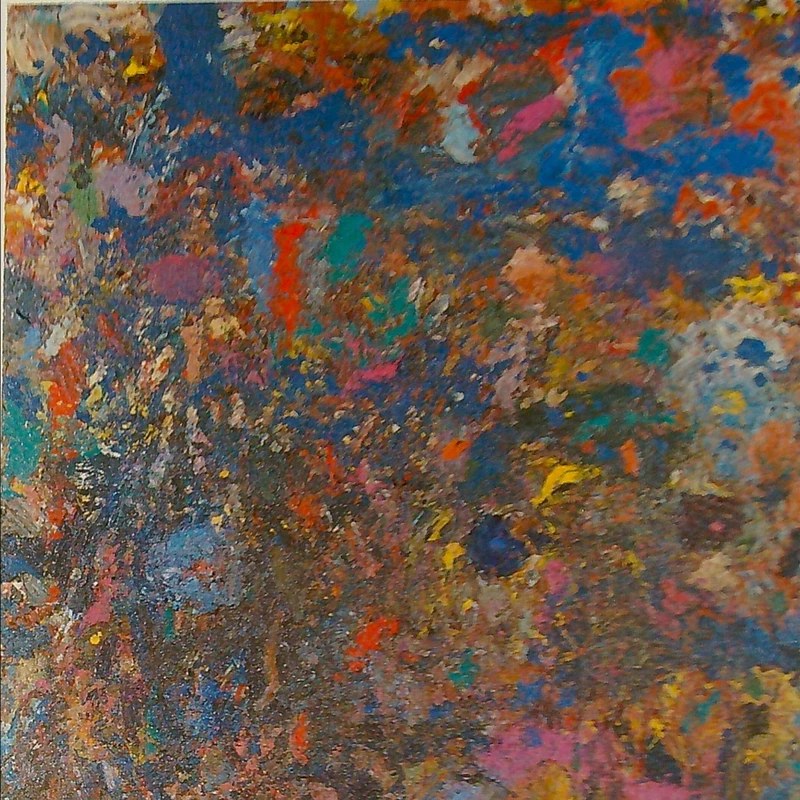WHAT CAN BE DONE WITH PAINTING: Gillian Ayres in the 70s
6 Jun-24 Aug 2025


What can be done with painting: Gillian Ayres in the ‘70s at The Heong Gallery reveals an overlooked period in the career of a major British painter.
Gillian Ayres (1930–2018) played a key role in the development of post-war British abstract art, and is celebrated for her bold colours and expressive, gestural forms. She believed that her art was, above all, “about what can be done with painting”.
The least-explored era of Ayres’s artistic life is the 1970s, a mid-career point of transition from her early phases to her later work. In the late ‘50s and early ‘60s she might reasonably have been described as an Abstract Expressionist, perhaps the most original and powerful British exponent of the idiom. From the early ‘80s until the end of her life she enjoyed considerable acclaim, including one-women shows at the Serpentine Gallery and the Royal Academy. But in the first half of the 1970s both Ayres, and painting itself, fell out of fashion. She reacted by indulging in the medium abundantly and luxuriously: masses of paint, canvas by the yard.
The exhibition at the Heong Gallery, curated by the writer, critic and curator Martin Gayford, reveals this less-explored period of her career. What can be done with painting displays several monumental paintings, including a vast canvas that has never been previously exhibited.
Gayford explains: “Gillian Ayres’s work of the 70s was exuberant, highly ambitious, highly original, yet is still largely unknown even by her greatest admirers.”
About Gillian Ayres:
Gillian Ayres studied at the Camberwell School of Art in London from 1946 to 1950. She taught at St Martin’s School of Art, London from 1965 to 1978 and in 1978 became Head of Painting at Winchester School of Art where she remained until 1981. Ayres first exhibited in Young Contemporaries in 1949, and with the London Group in 1951. Her first solo exhibition was at Gallery One, London in 1956. Since then, she has had exhibitions of her work throughout Europe and beyond, most recently in China. She won numerous awards for her painting, and was shortlisted for the Turner Prize in 1989. Ayres was awarded an OBE in 1986 and elected as a Royal Academician in 1991.